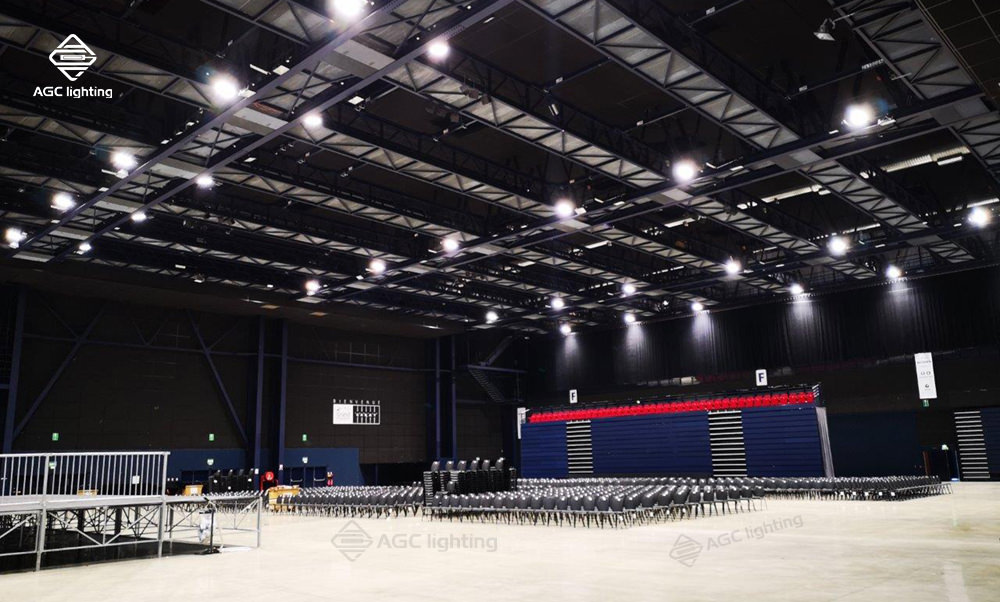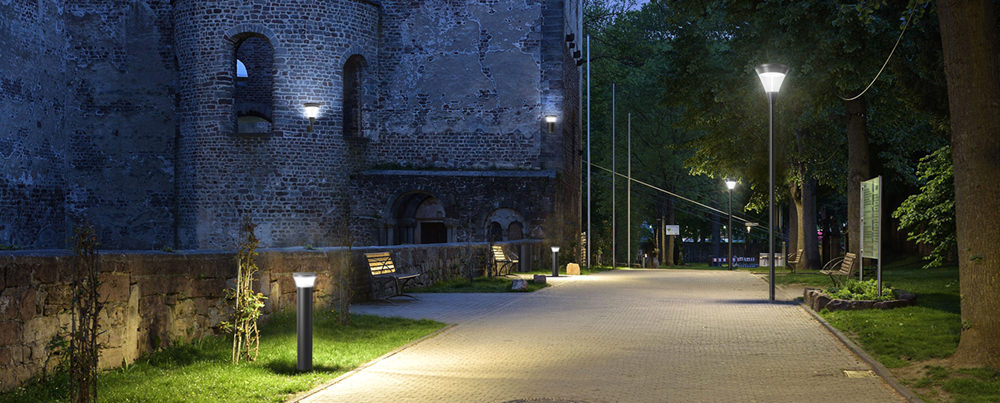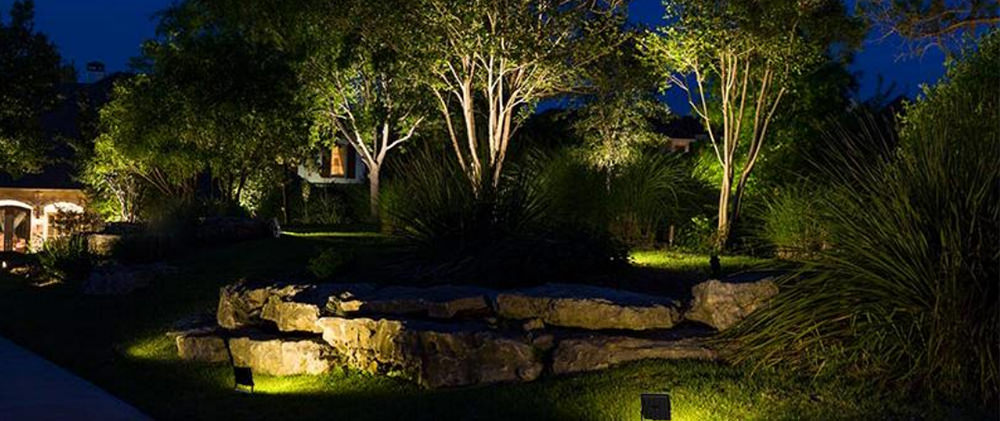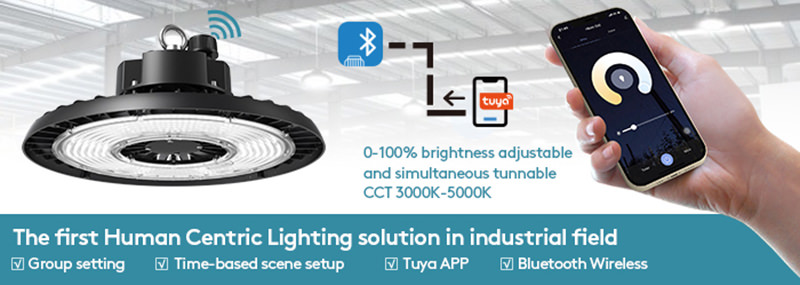With advancing technology, LED (Light Emitting Diode) lighting is increasingly becoming the preferred alternative to traditional lighting solutions. LED lighting offers outstanding energy efficiency, long lifespan, and environmental benefits, providing a sustainable solution to global lighting needs. This article explores the advantages of LED lighting and its significant role in promoting energy conservation and environmental sustainability.
Breakthrough in Energy Efficiency
Compared to traditional incandescent and fluorescent lights, LED lighting demonstrates higher energy efficiency. LEDs convert more electrical energy into light energy rather than heat energy. In fact, LED lighting can save up to 80% of energy consumption compared to traditional lighting solutions. This not only contributes to reducing energy costs but also helps to decrease reliance on traditional energy resources.

Long Lifespan and Low Maintenance Costs
LED lighting boasts exceptional longevity. In general, LED lights can last tens of thousands of hours, surpassing the lifespan of traditional lighting fixtures. This translates to fewer light replacements and maintenance, reducing labor and material costs. The long lifespan not only reduces the frequency of lighting equipment replacements but also provides users with a more reliable and long-lasting lighting solution.
Environmental Sustainability
LED lighting technology offers notable environmental advantages. Firstly, LED bulbs do not contain harmful substances like mercury, reducing the risk of environmental pollution compared to fluorescent lights. Secondly, due to their high energy efficiency and low energy consumption, the use of LED lighting significantly reduces carbon dioxide and greenhouse gas emissions. Additionally, the long lifespan of LEDs reduces the amount of light fixtures disposed of, minimizing resource consumption.

Versatility and Design Flexibility
LED lighting not only delivers high energy efficiency and environmental benefits but also offers versatility and design flexibility. By adjusting LED brightness and color temperature, lighting needs for different scenarios can be met, such as indoor sports arenas, outdoor stadiums, and theater stages. LED lighting also allows for color changes and adjustable lighting effects, enhancing visual experiences for sports competitions and performing arts events.
Intelligent Control and Manageability
The development of LED lighting technology has also facilitated the application of intelligent lighting systems. Through smart control systems, LED lighting can be remotely controlled, scheduled, and equipped with light sensors, improving energy utilization efficiency and management convenience. Intelligent lighting systems can be adjusted according to specific needs, achieving personalized lighting experiences and further enhancing lighting effects and comfort.
LED lighting, as an efficient, sustainable, and environmentally friendly lighting solution, is gradually replacing traditional lighting fixtures. Its breakthrough in energy efficiency, long lifespan, environmental sustainability, and versatility in design contribute to energy conservation and environmental protection. With continuous innovation and maturity in LED technology, LED lighting will continue to promote the widespread adoption and development of green lighting in various fields.














